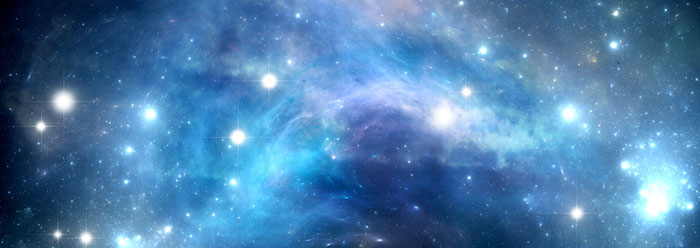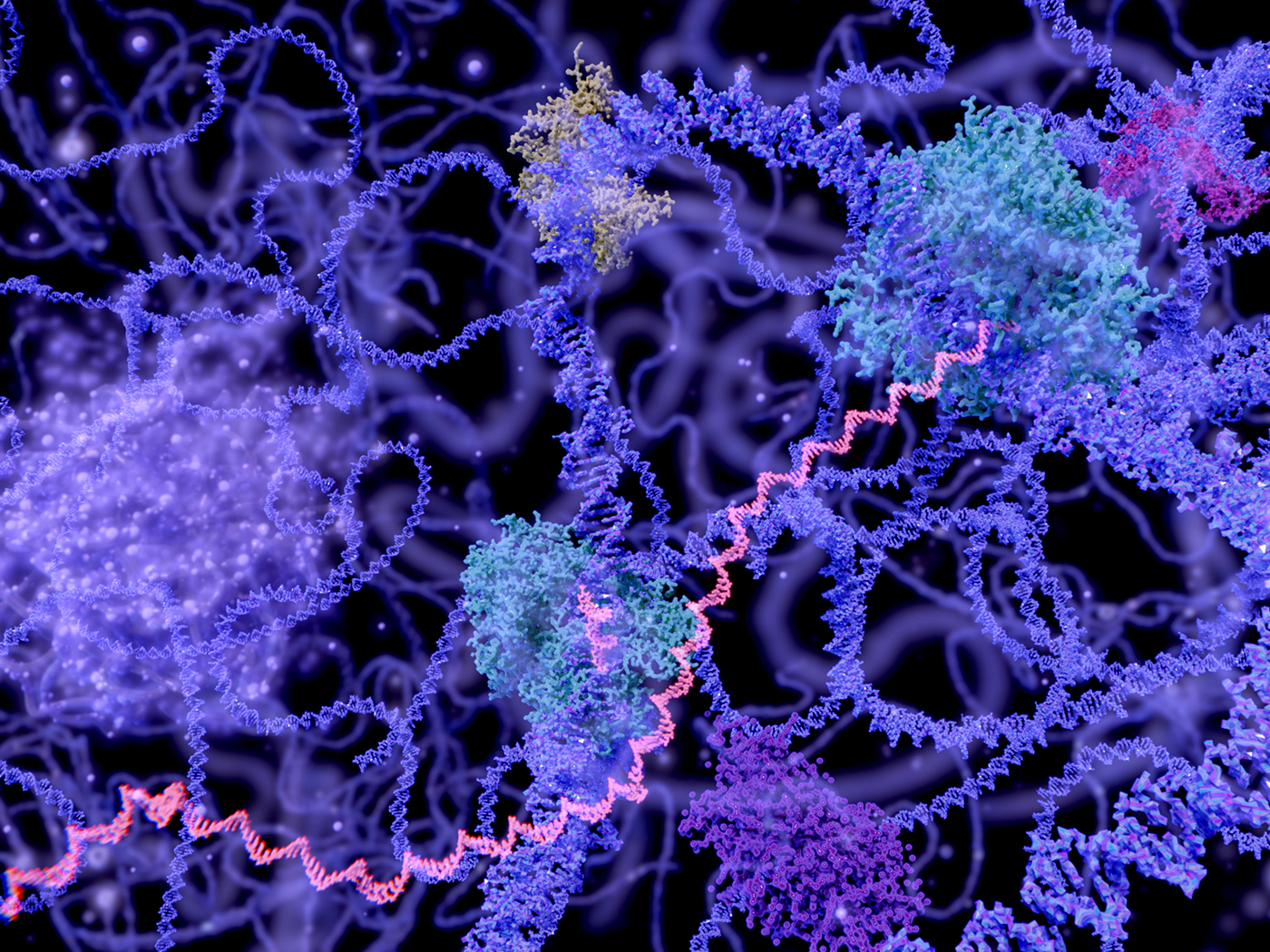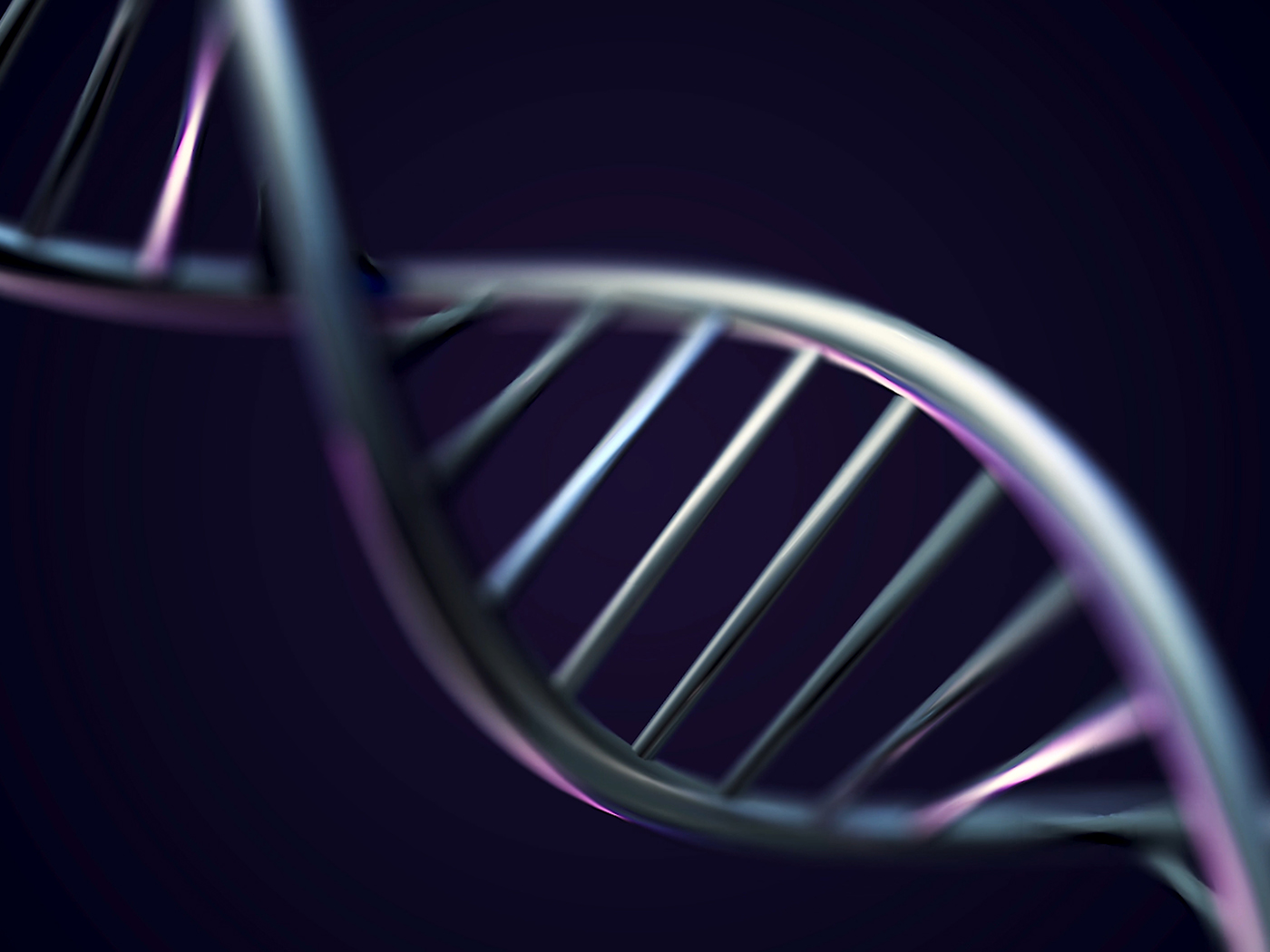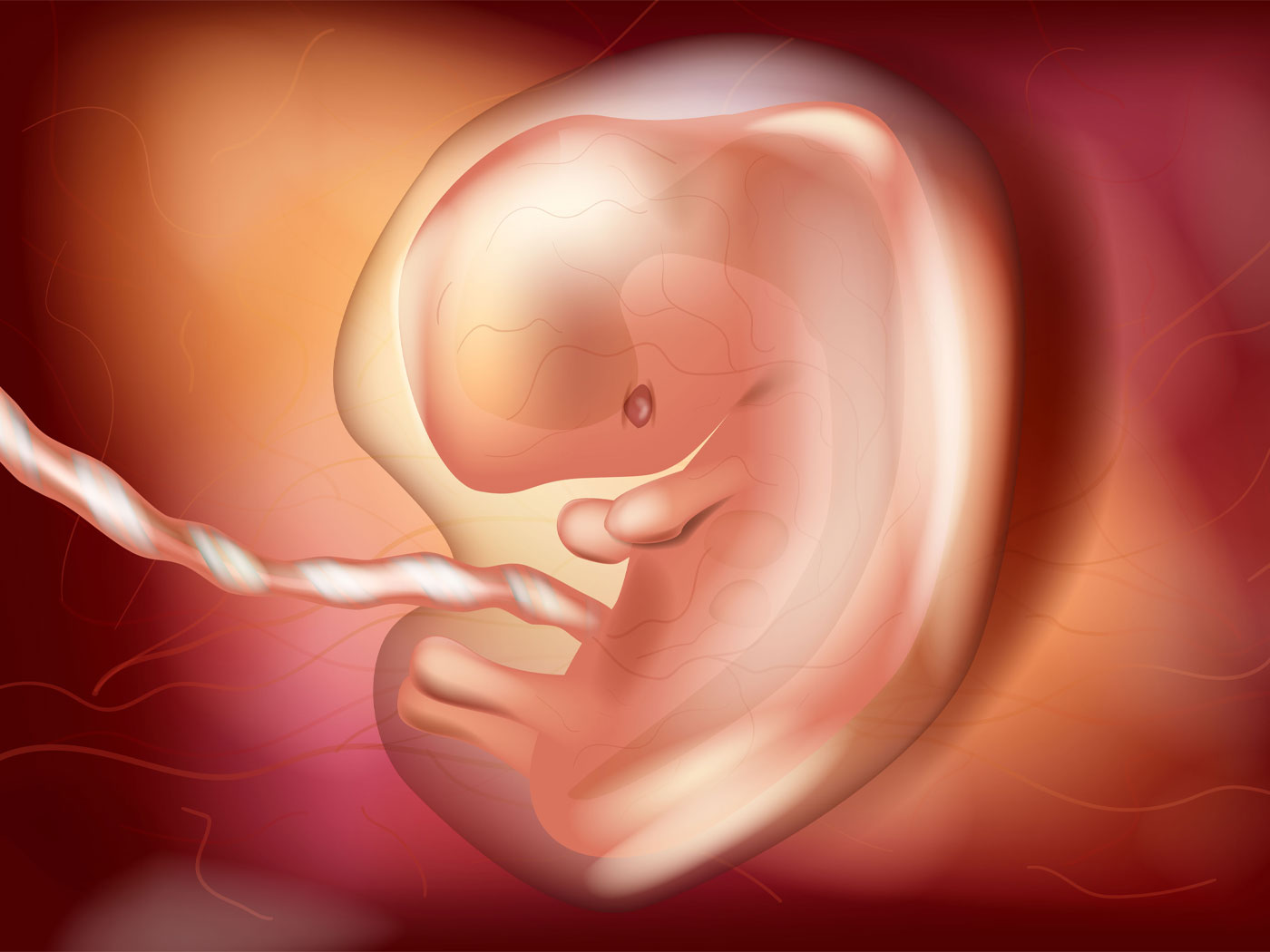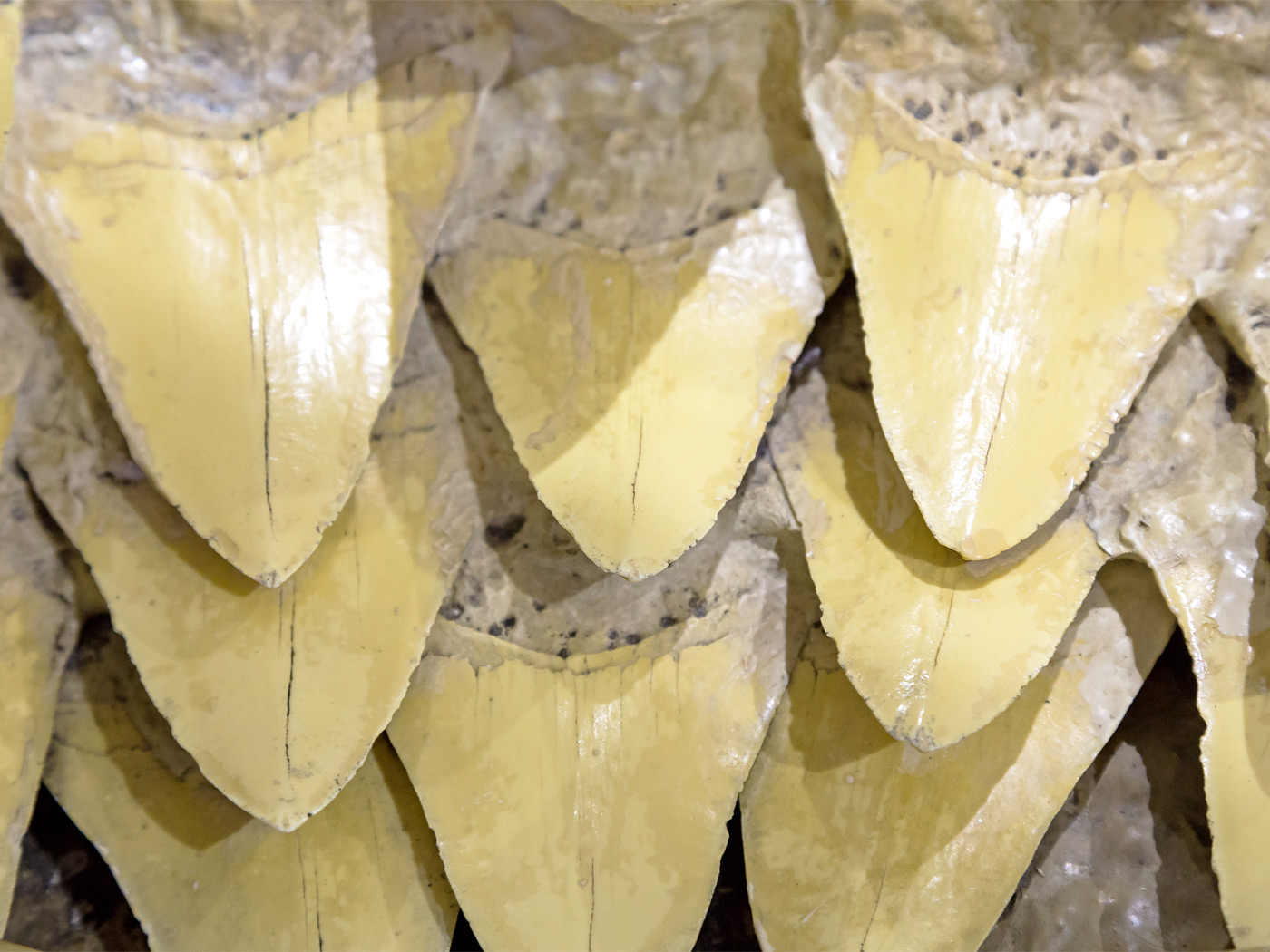Physicists in California and Hawaii found evidence that solar wind performs curious chemistry on space dust to produce water, and they suggested that this discovery will help support a naturalistic origin of life on Earth or other planets. But how much help will it really bring?
Evolutionary origin-of-life scenarios face enormous hurdles. How can just the right raw chemicals arrive together in just the right configurations and proportions for just the right amount of time under just the right conditions and then assemble themselves into a semblance of a cell? And those are just the first few hurdles that nonliving chemicals face on their imaginary march toward reproducing life.1
Despite the ridiculous improbability of this fantastic series of events, many scientists believe that it somehow happened and regularly play up any inkling of a hint that a single step in this long chain might actually happen by natural processes.
The latest of these attempts occurs in Proceedings of the National Academy of Sciences, where researchers reported the discovery of thin remnants of water surrounding space dust.2 It appears that solar wind provides the high energy required to bump elements off of oxygen-containing silicate minerals within a dust grain, as well as hydrogen ions that bond with the released oxygen to form water.
Supposedly, the dust could have rained down onto the earth, carrying the water—and possibly even some carbon compounds—that the first spontaneously evolving cell would need.
Hope Ishii, of the HawaiÊ»i Institute of Geophysics and Planetology and co-author of the study, said, “It is a thrilling possibility that this influx of dust has acted as a continuous rainfall of little reaction vessels containing both the water and organics needed for the eventual origin of life on Earth and possibly Mars.”3
Can we apply some critical thinking to this “thrilling possibility”? First, water does not make life—it actually destroys life’s critical chemicals when they are found outside living cells. Water plus any chemical combination does not make life. If it could, a century of chemical experiments by those desperate to demonstrate chemical evolution would have discovered the correct cocktail by now. Besides, if intelligent investigators can’t find the right recipe, then what chance do undirected laws of nature have?
Second, assuming that space dust can supply sufficient water, would it also supply the requisite nucleic acids, proteins, phospholipids, carbohydrates, cholesterols, and vitamins?
Third, even if we pretend that space dust actually did supply all of that, what about the information needed for life—the coded instructions that specify both daily cellular activities and cell division protocols? Science shows that information always arises from intelligence and never from natural laws.
Solar wind and space dust just are not enough to supply what only a Creator could craft—living, reproducing creatures.
References
- See McCombs, C. A. 2009. Chemistry by Chance: A Formula for Non-Life. Acts & Facts. 38 (2): 30.
- Bradley, J. P. et al. 2014. Detection of solar wind-produced water in irradiated rims on silicate minerals. Proceedings of the National Academy of Sciences. 111 (5): 1732-1735.
- New UH MÄnoa faculty make a big splash. University of Hawai’i news release. Posted on hawaii.edu January 24, 2014, accessed January 30, 2014.
* Mr. Thomas is Science Writer at the Institute for Creation Research.
Article posted on February 17, 2014.




